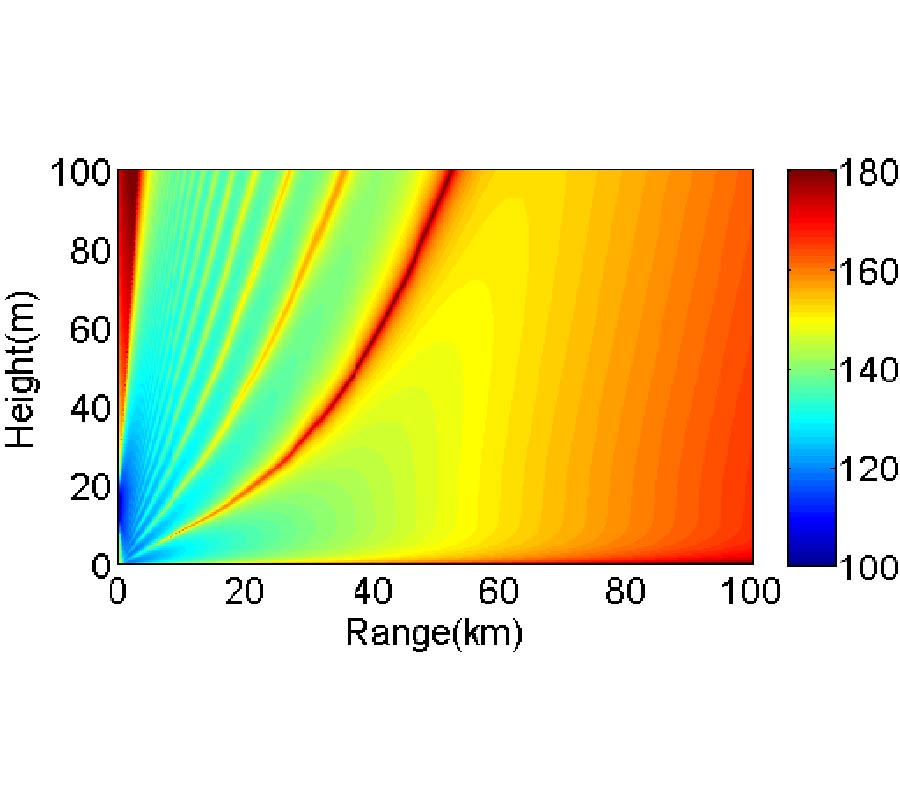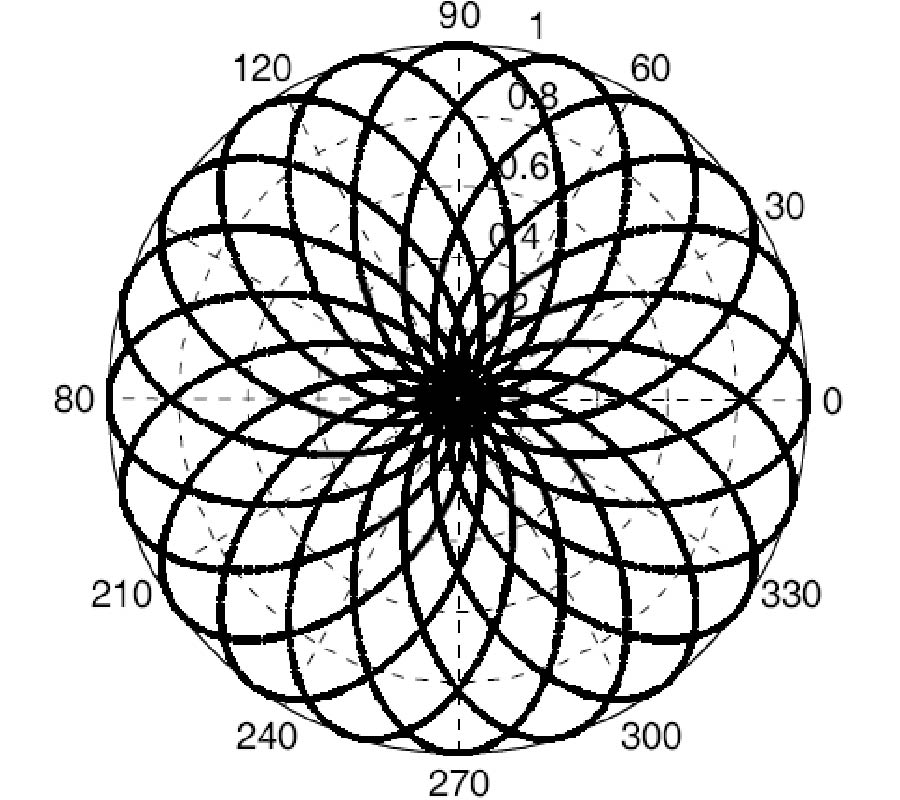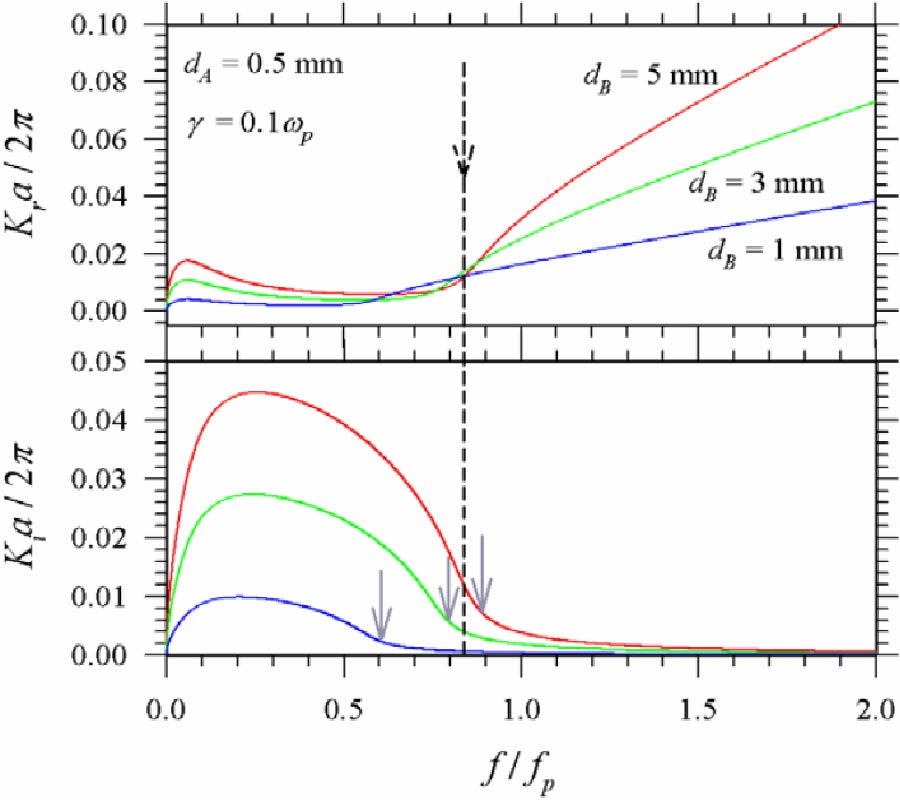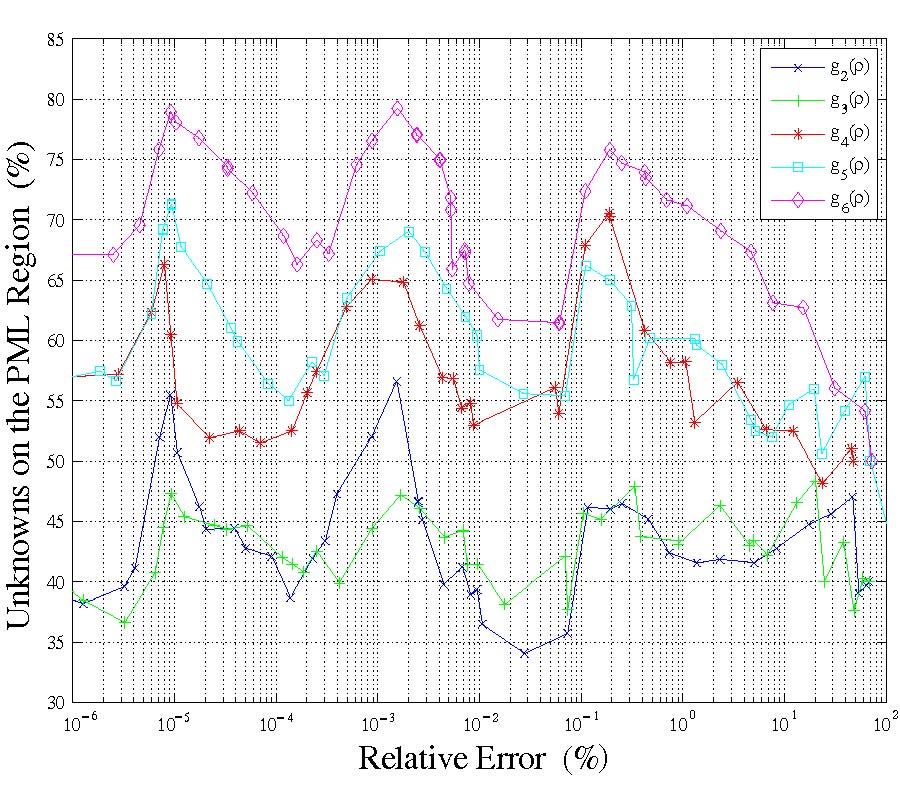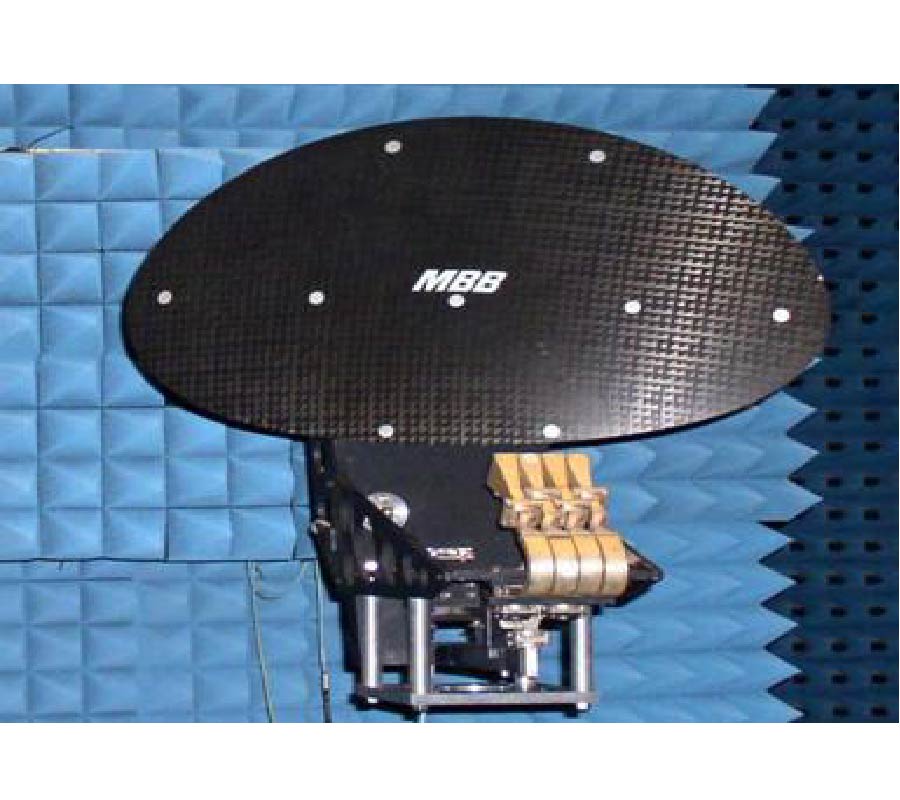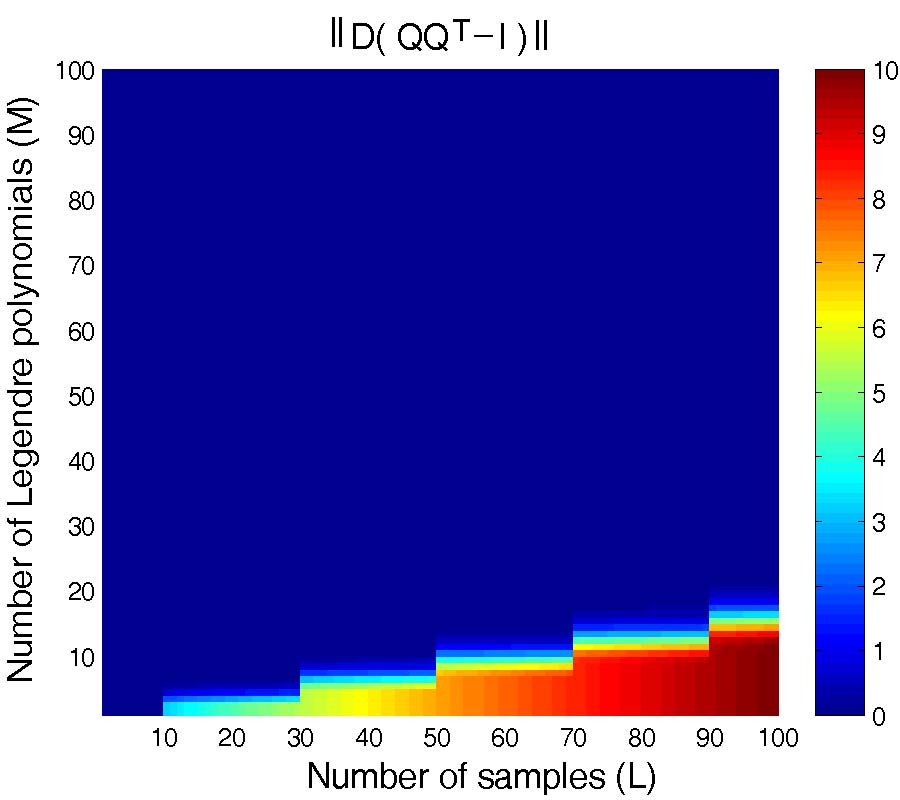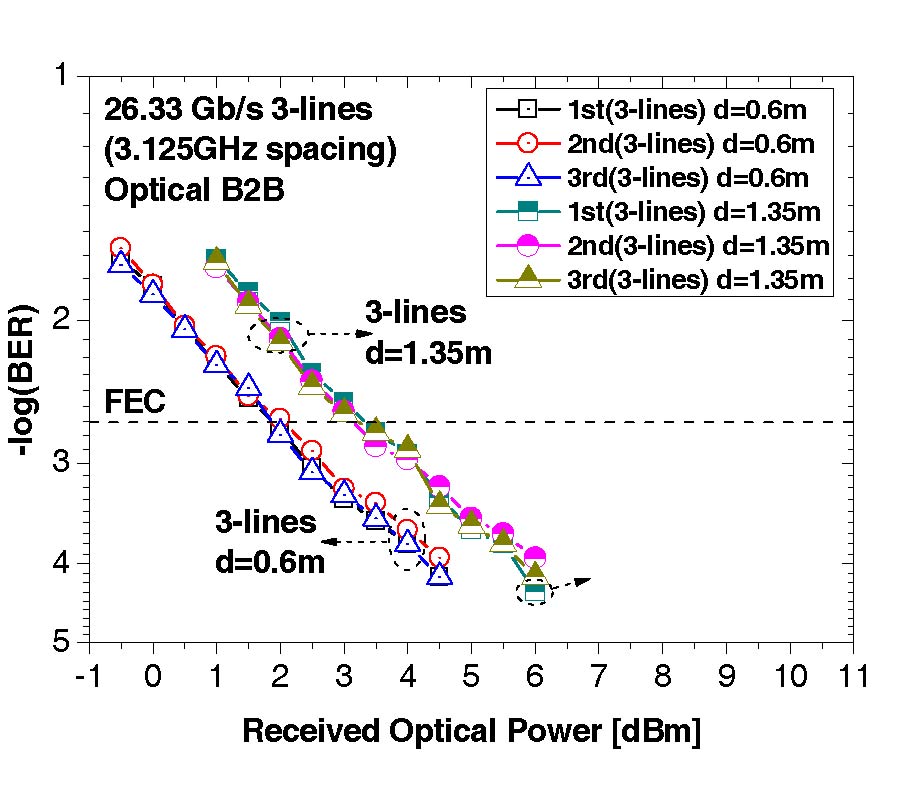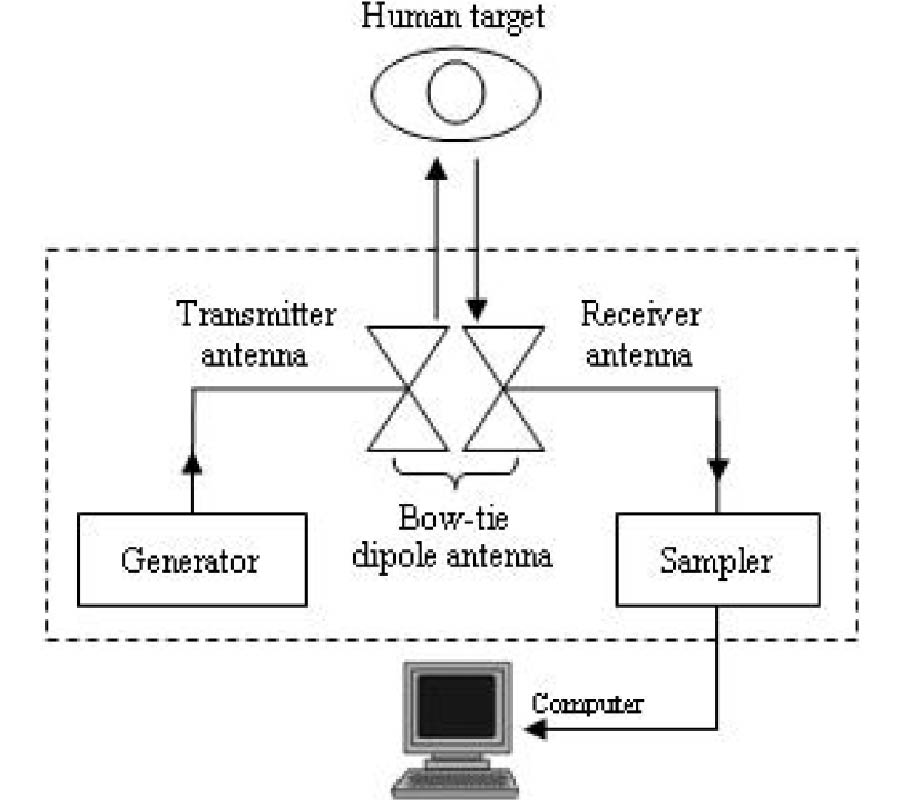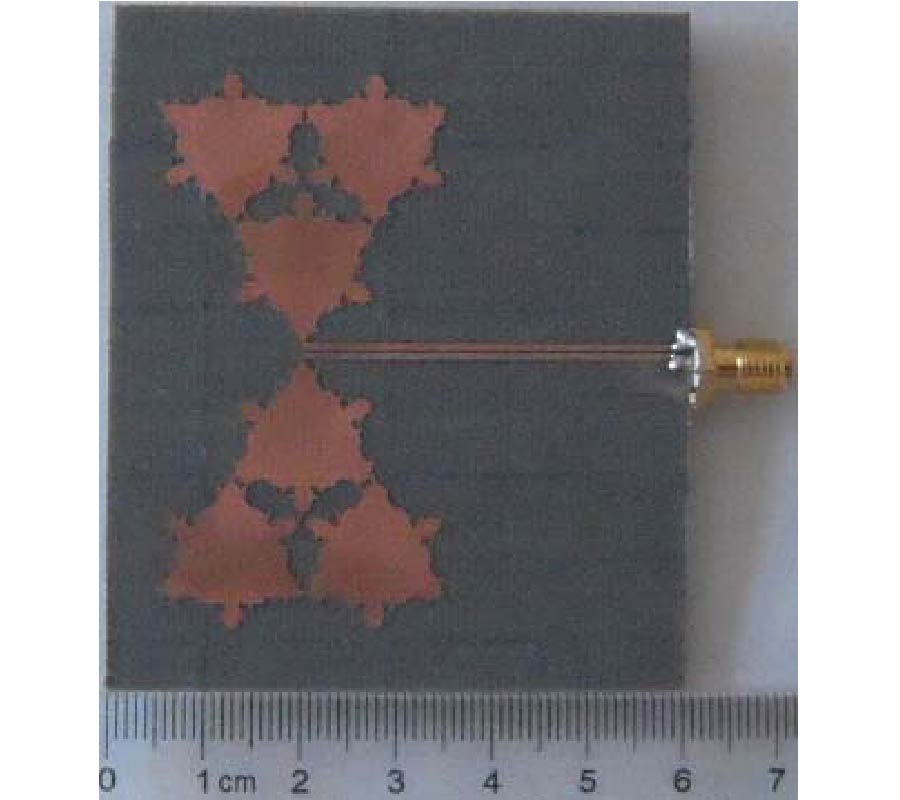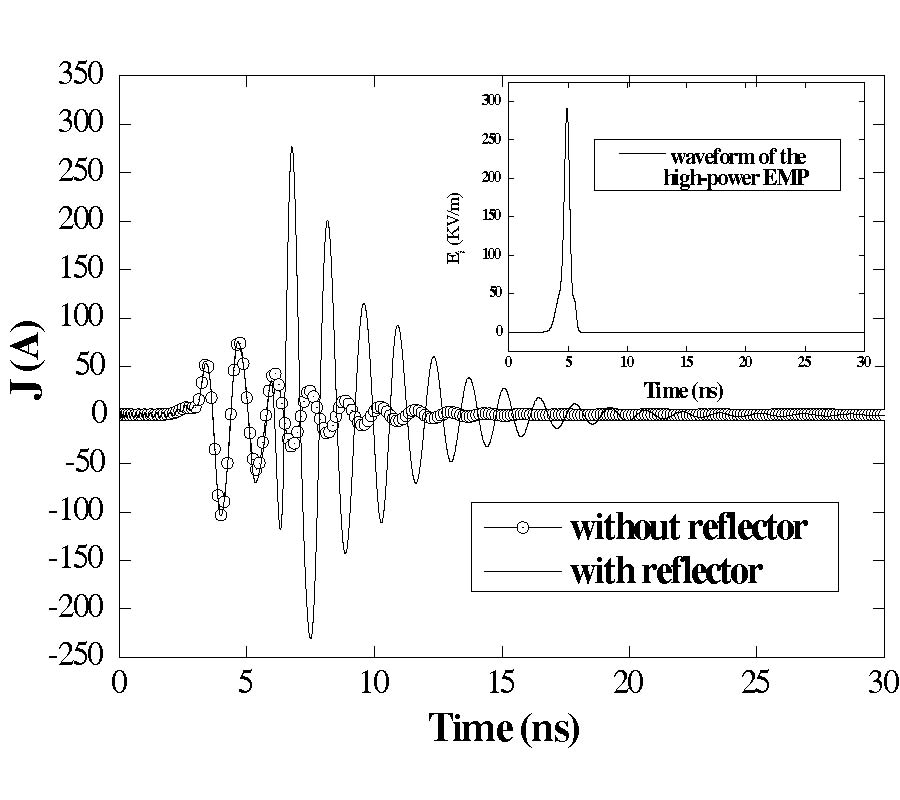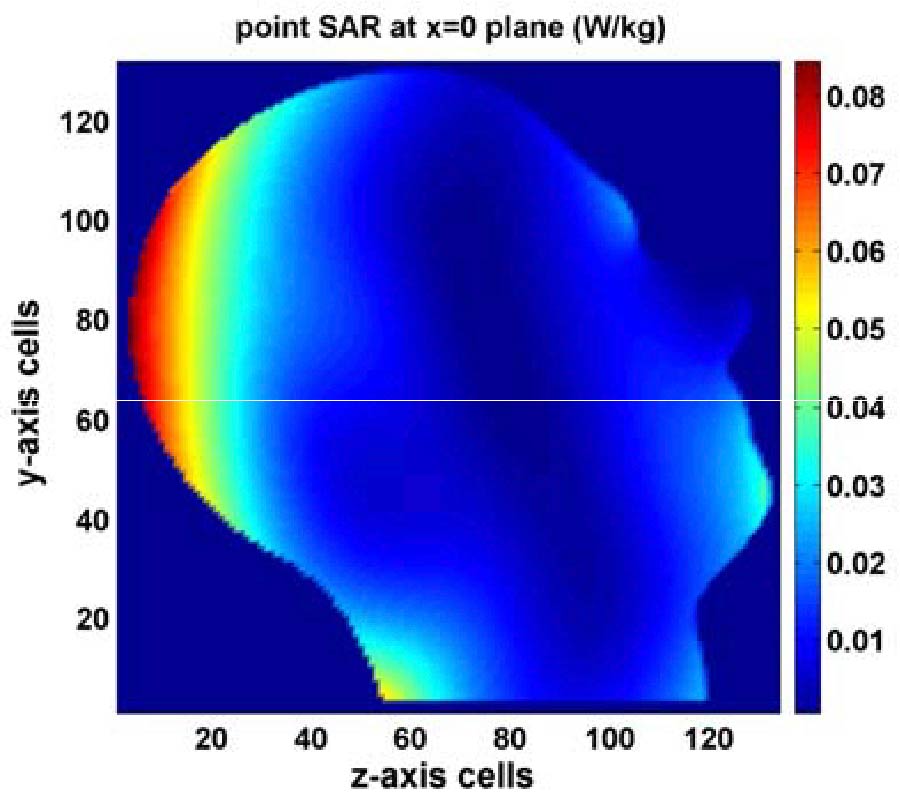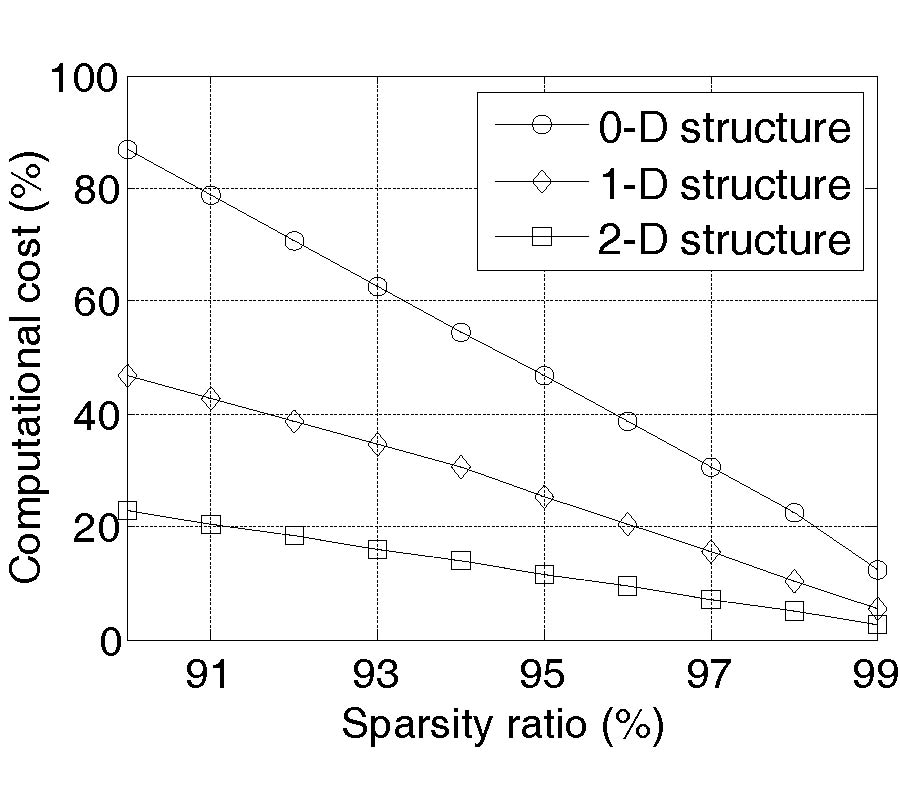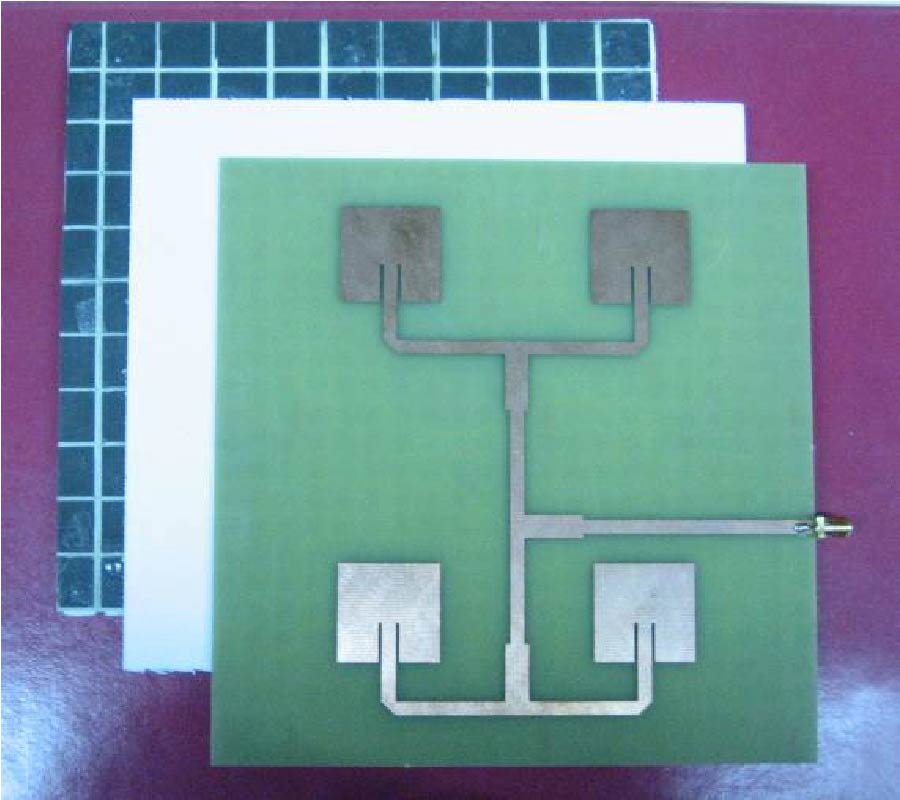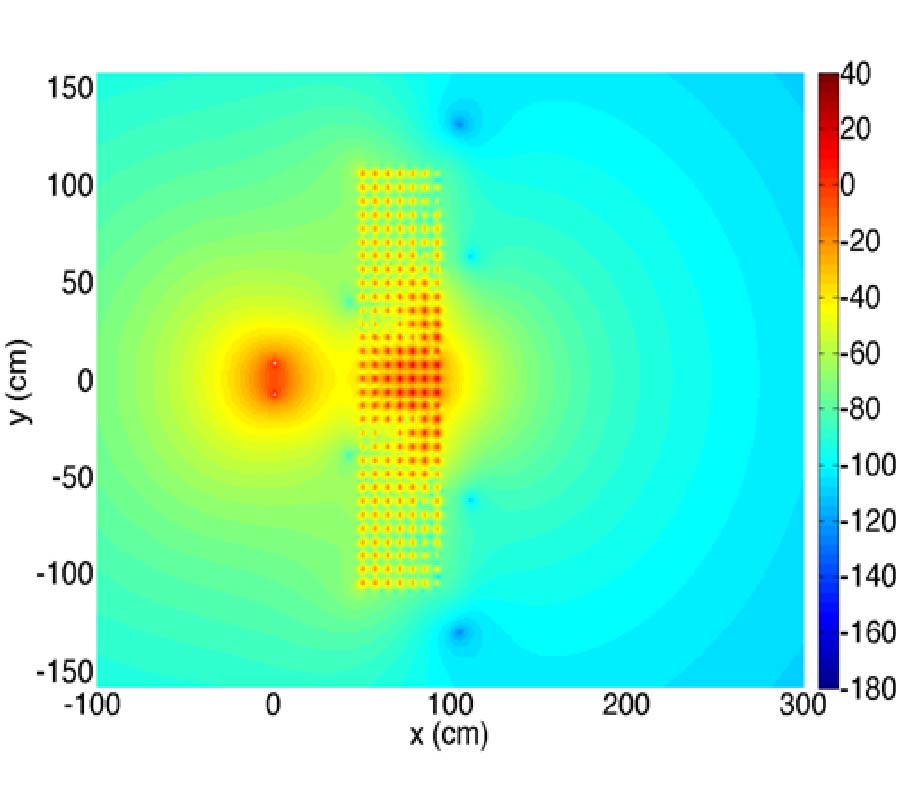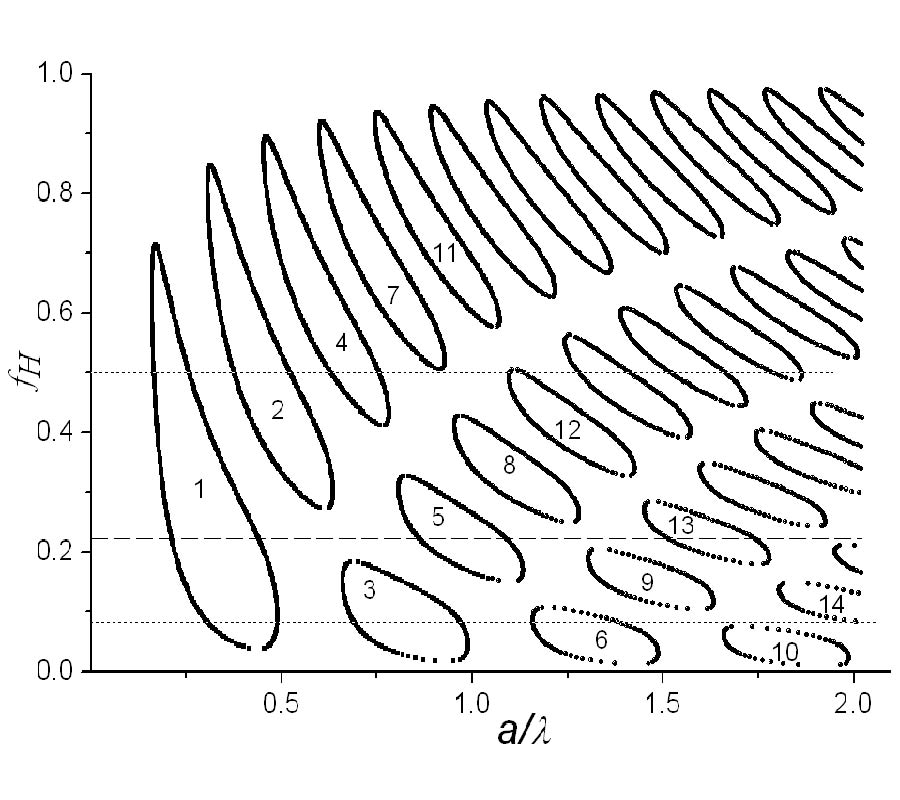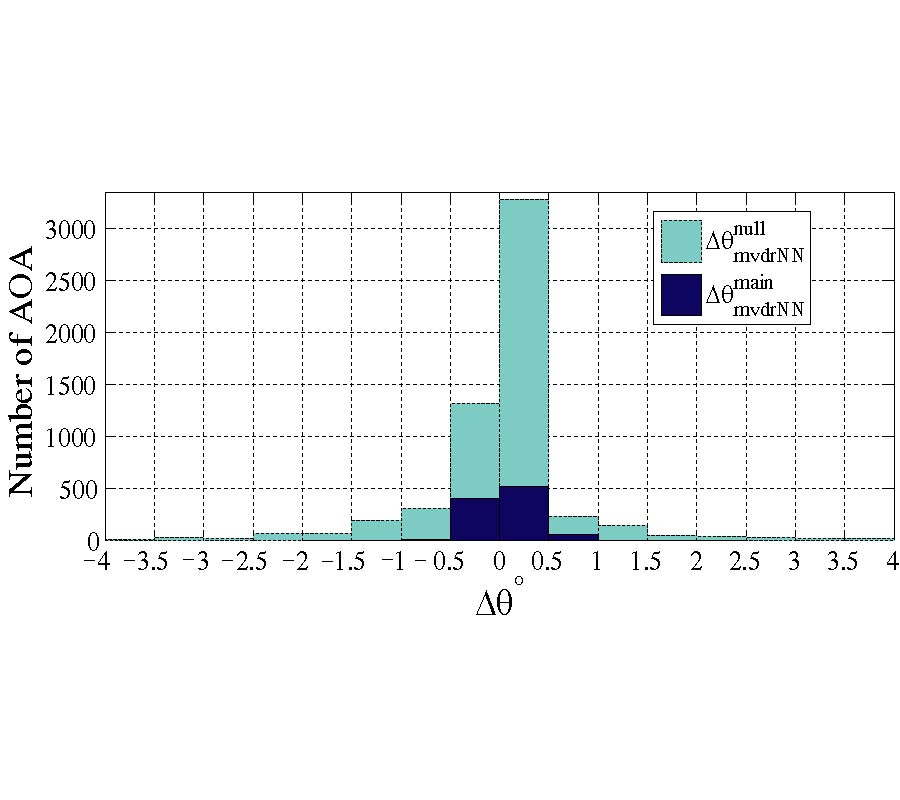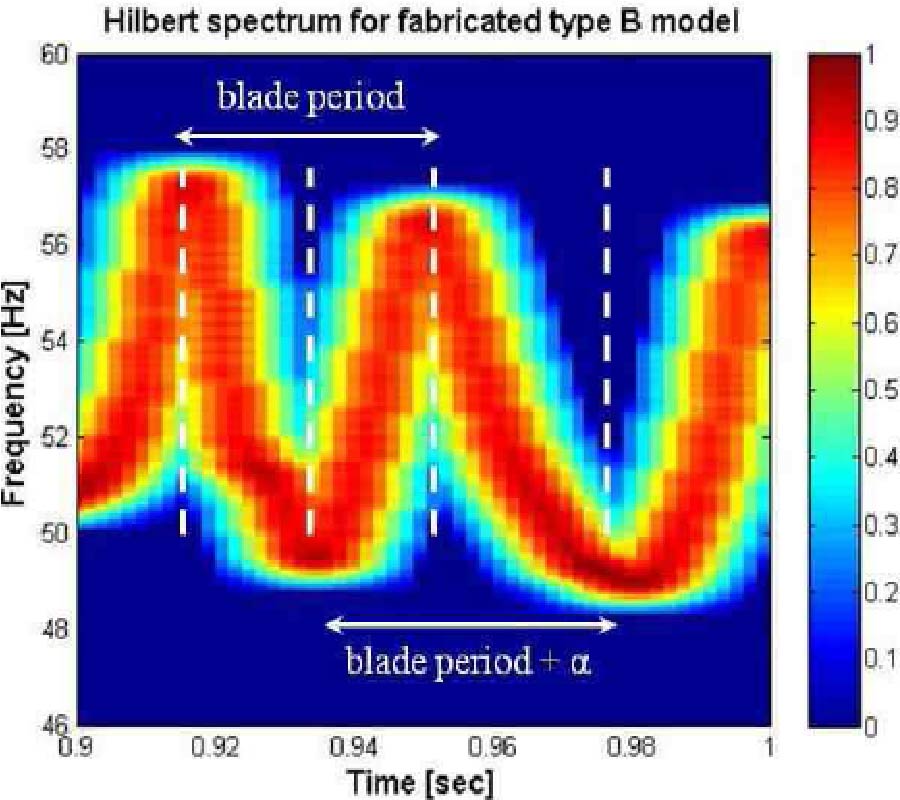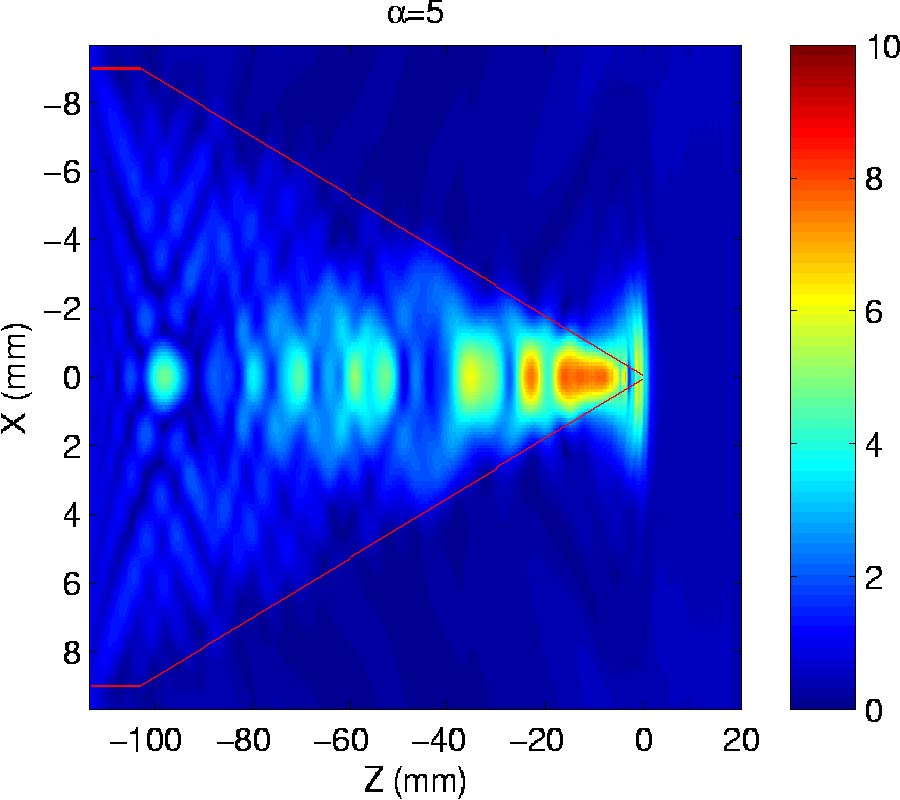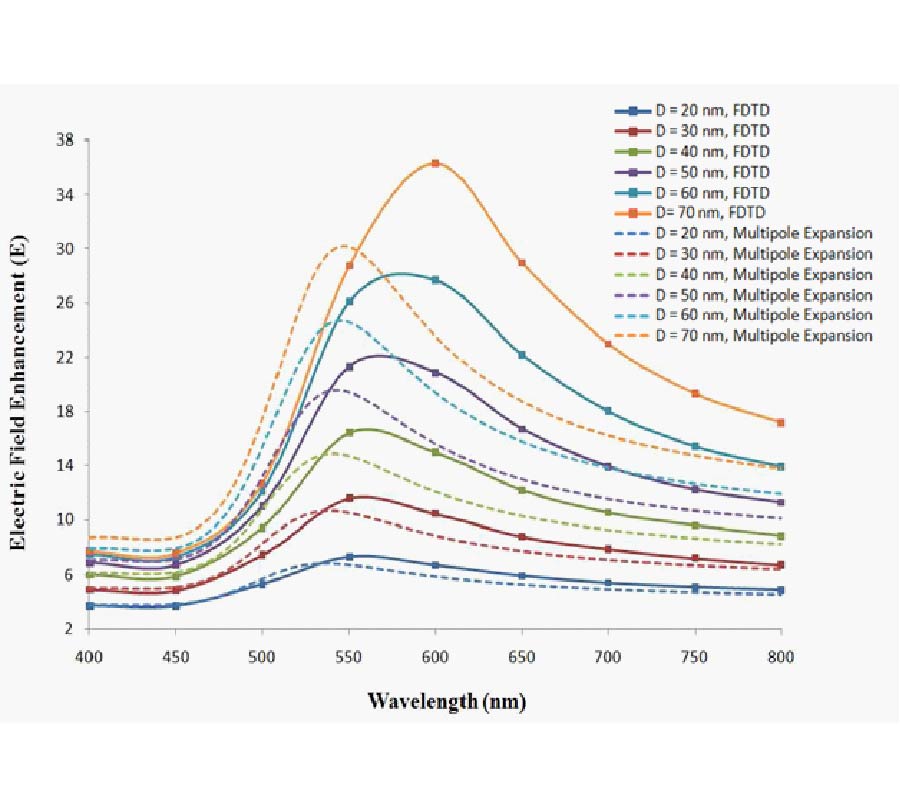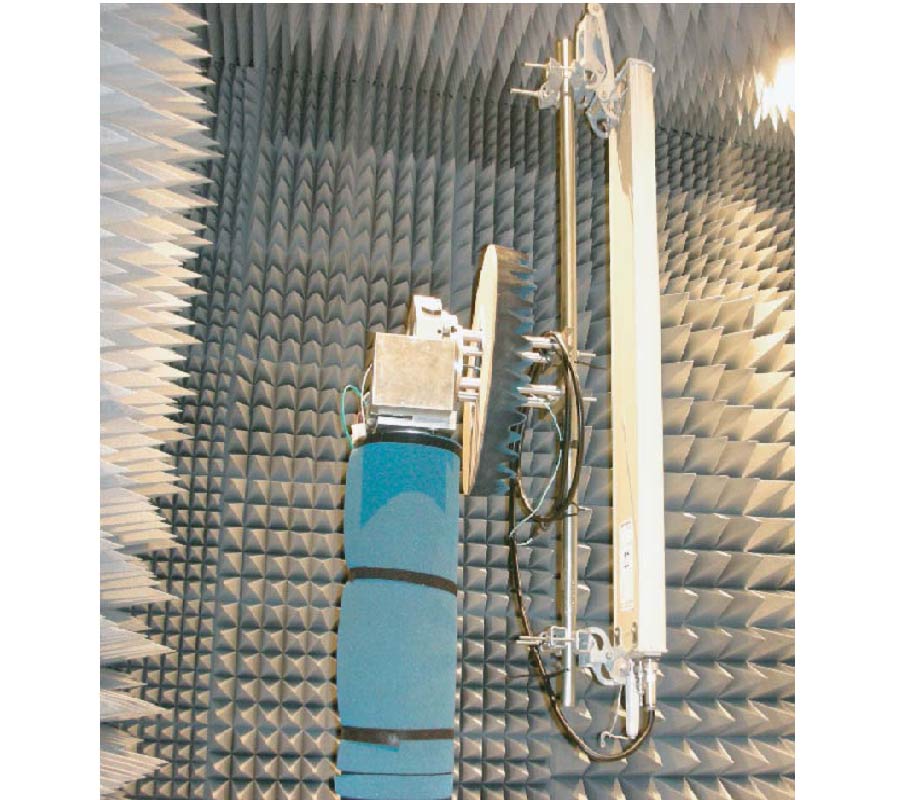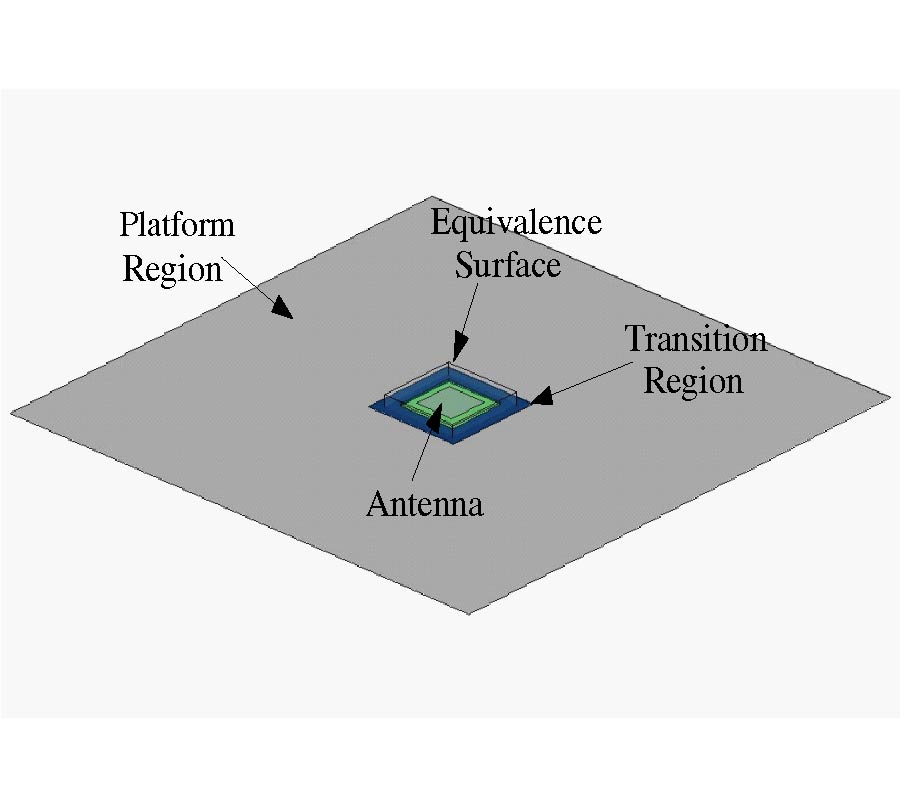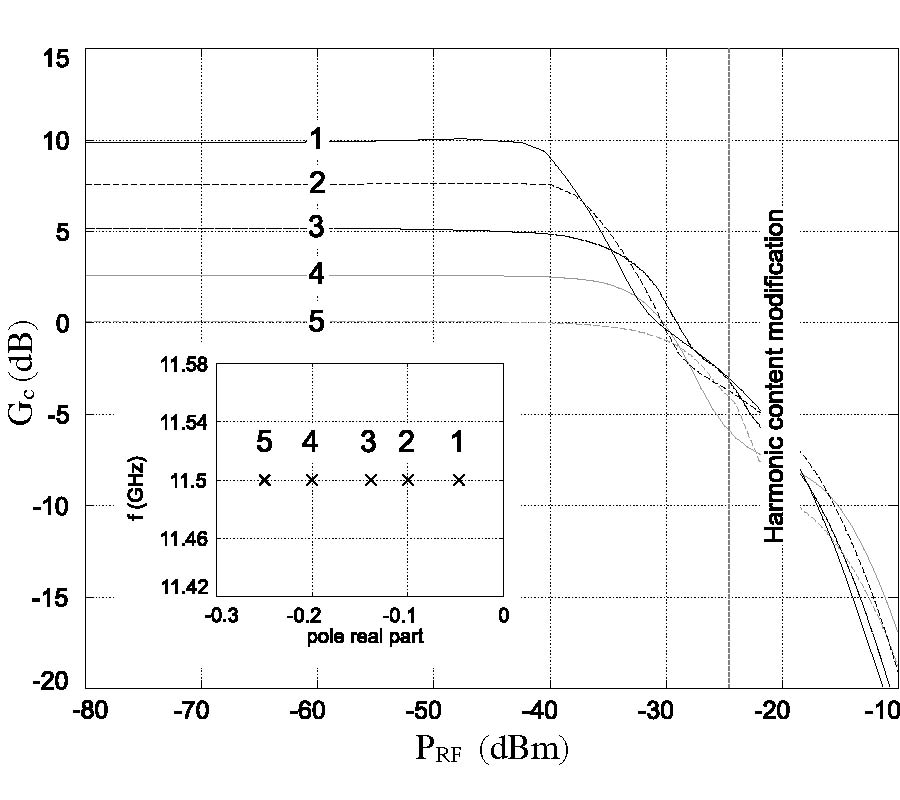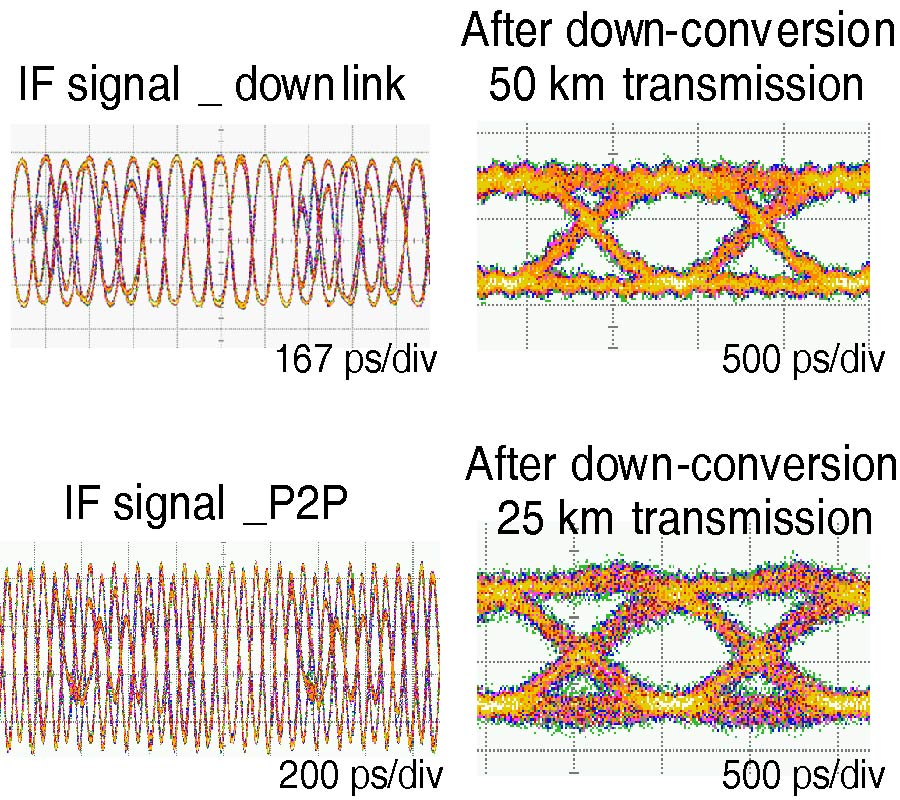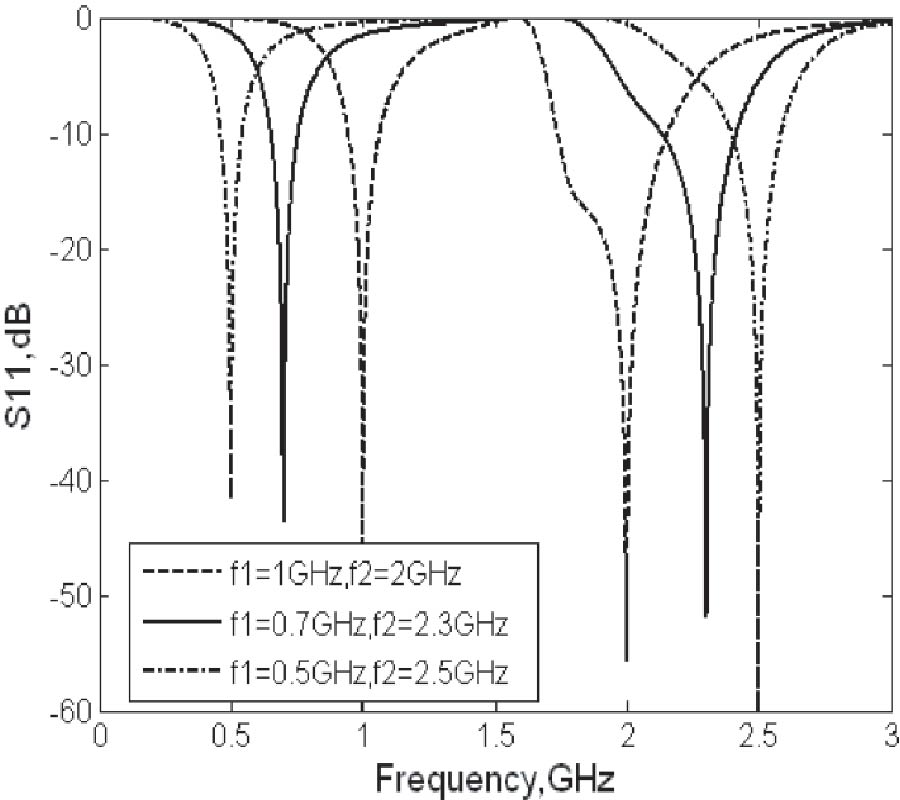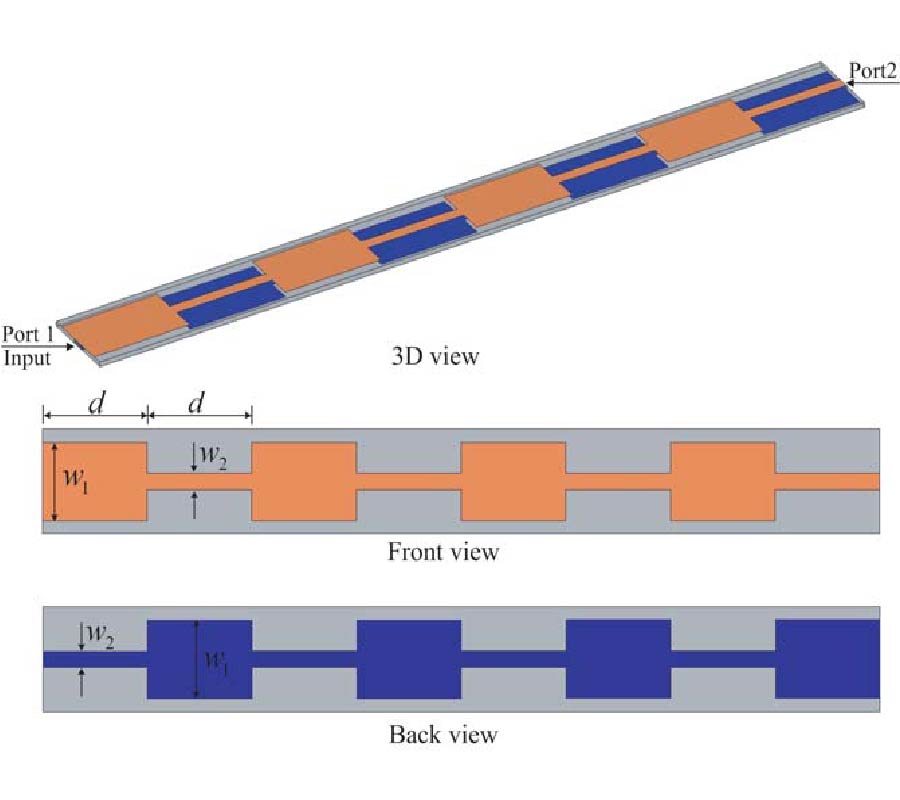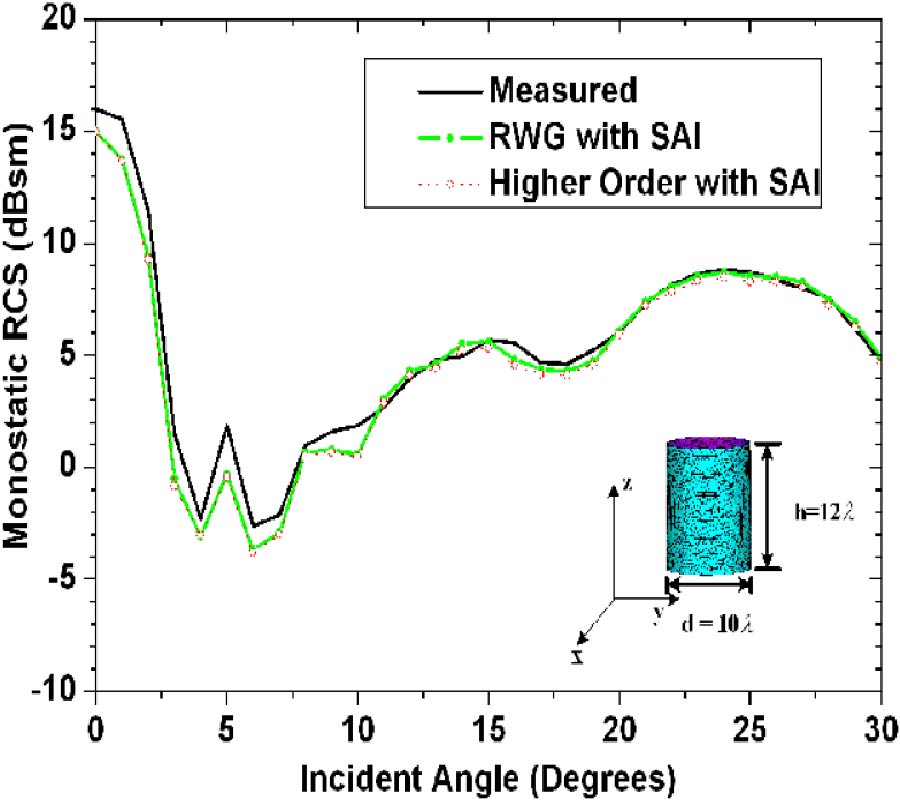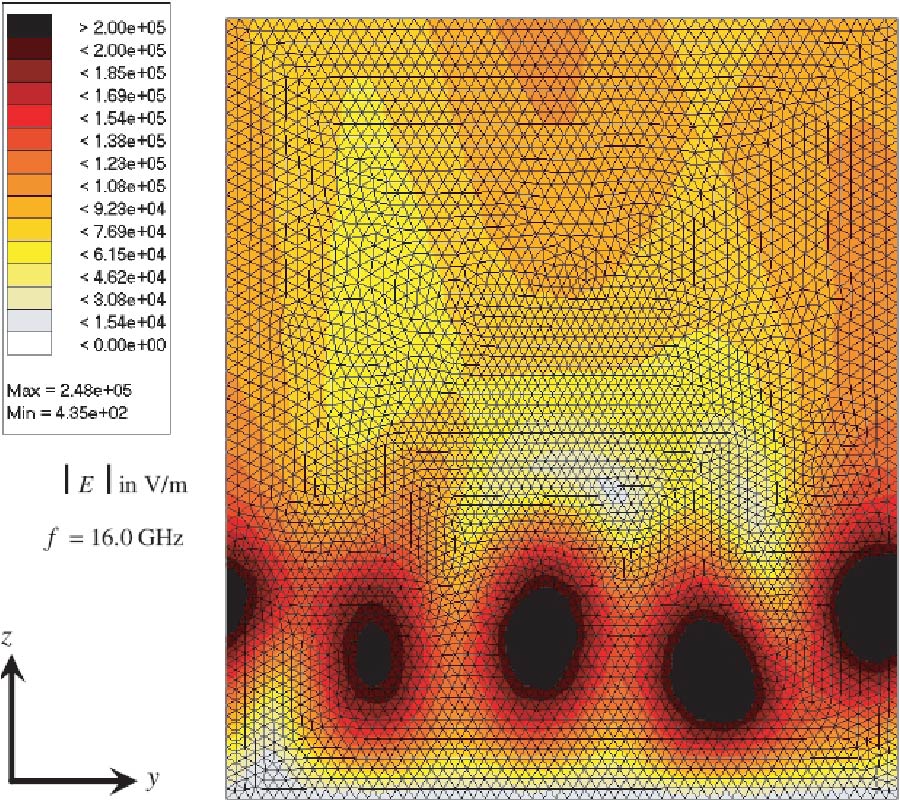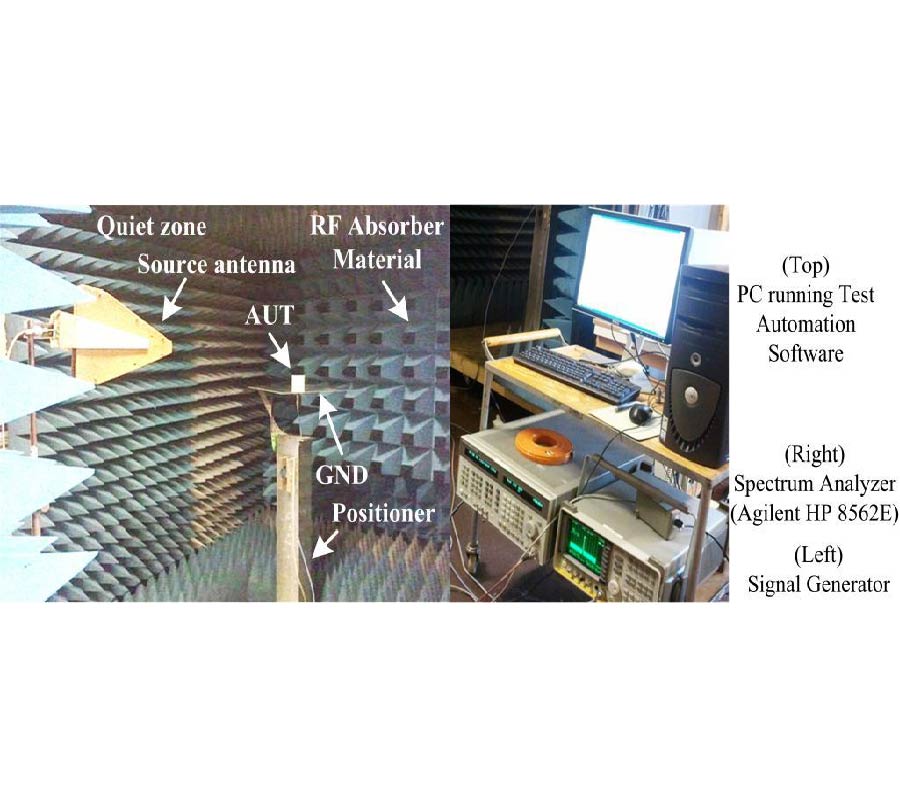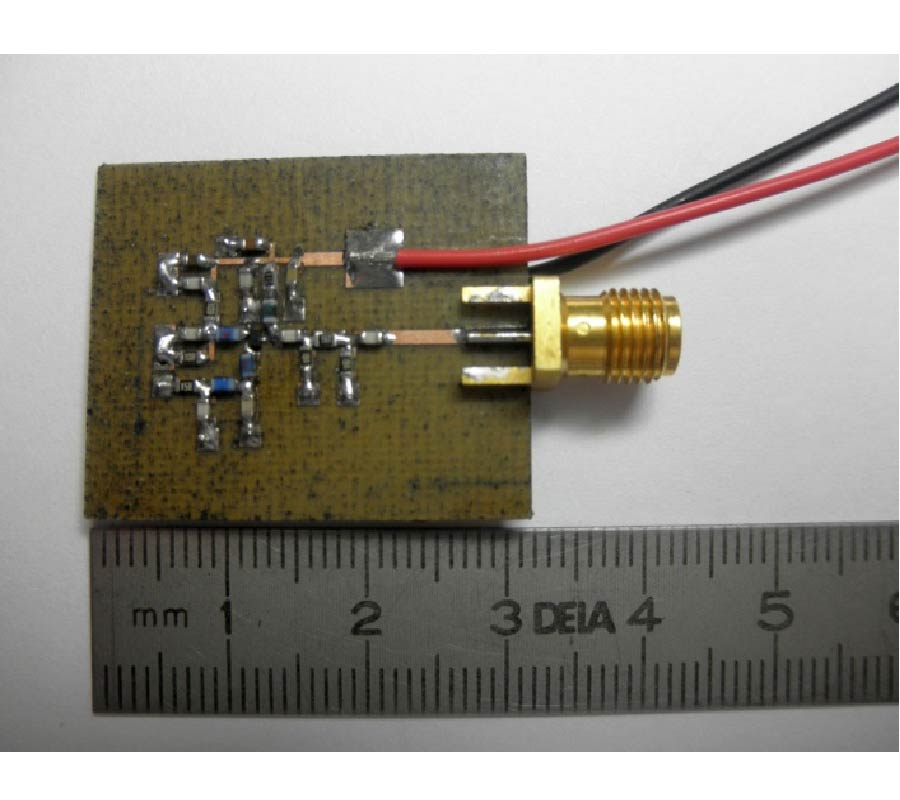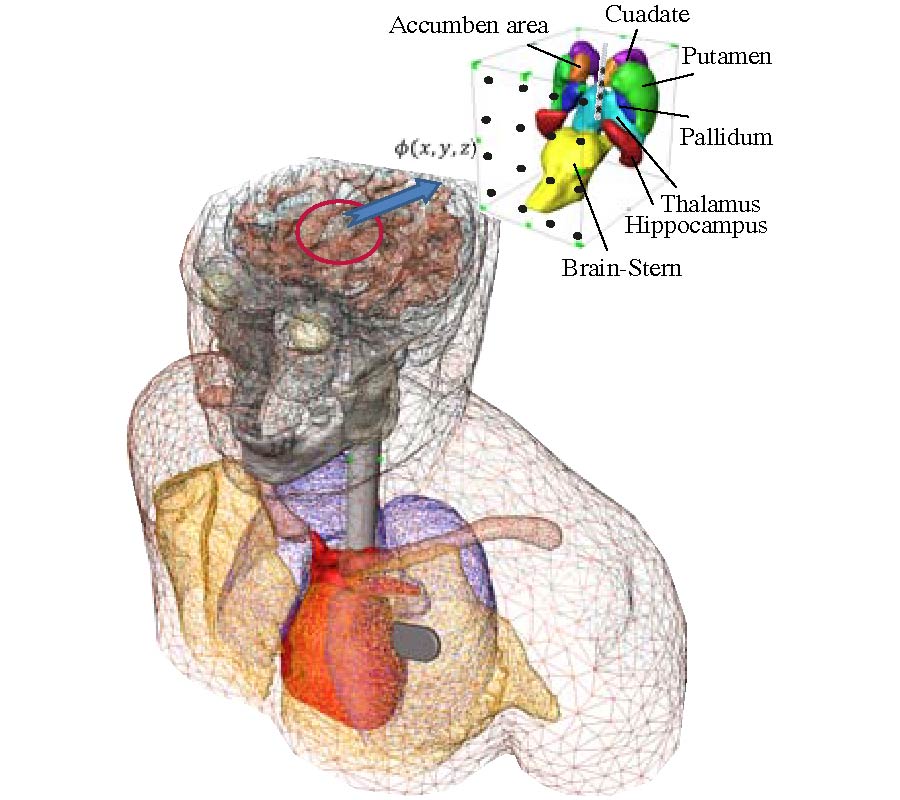Koch-Like Sided Sierpinski Gasket Multifractal Dipole Antenna
Daotie Li and
Jun-Fa Mao
Koch-like fractal curve and Sierpinski Gasket are syncretized in minor-main way, forming so called Koch-like sided Sierpinski Gasket multifractal dipole (KSSG). Some iterative combinatorial cases of the two monofractals KiSj KSSG have been investigated in free space without feedline for revealing the assumed multifractal property. Then a pragmatical coplanar stripline (CPS) fed K4S1 KSSG multifractal bow-tie dipole with dimension of 61.1mm×34.75mm was designed, fabricated and measured. Six matched bands(S11<-10dB) with moderate gain (2dBi-6dBi) and high efficiency (80%-95%) are obtained within band 1.5GHz-14GHz, of which f1=2.137GHz (1.978-2.287GHz, 309MHz, 14.46%, PCS1900+IMT2000+UMTS), f2=4.103GHz (3.916-4.2GHz, 374MHz, 9.12%, WiMAX), f3=5.596GHz (5.499-5.679GHz, 180MHz, 3.22%, WLAN+WiMAX) are commonly used. Gain patterns of these bands are all almost omnidirectional in H-plane (Phi=0o, XOZ) and doughnut-shaped in E-plane (Phi=90o, YOZ), which suggests that K4S1 KSSG operates as a half-wavelength dipole. It behaviors like the main fractal in low frequency and resembles the minor one in high frequency. The consistent results of simulation and measurement have evinced the multifractal antennas' peculiar properties and superiority over its monofractals in impedance uniformity, gain pattern, efficiency and dimension. So it is attractive to PCS, UMTS, WLAN, WiFi, WiMAX and other communication systems.
